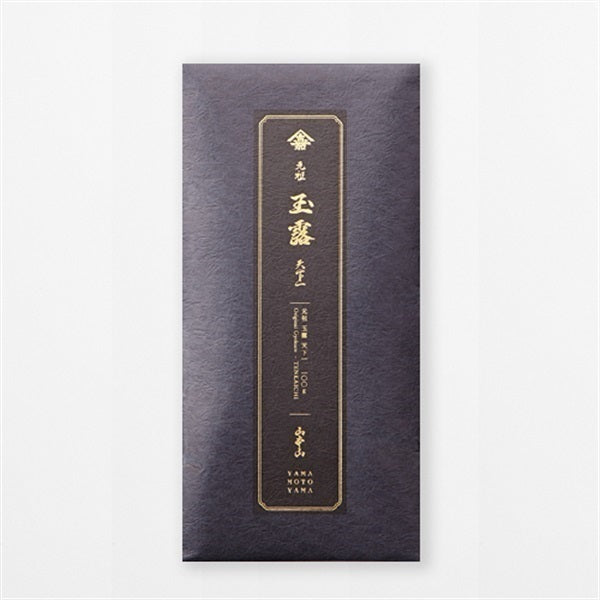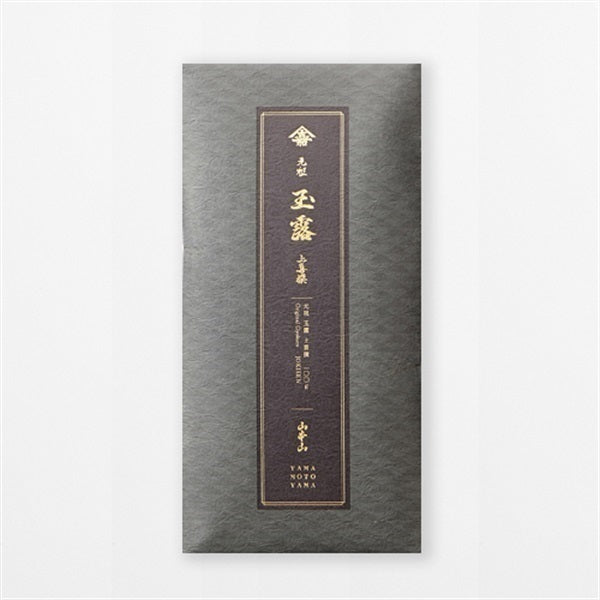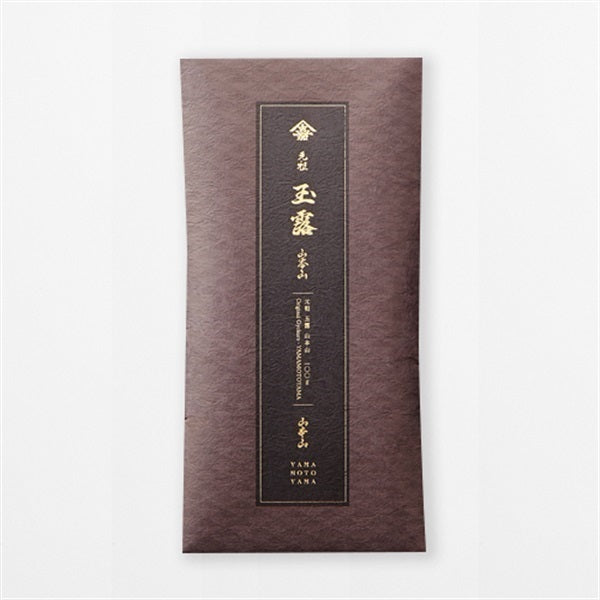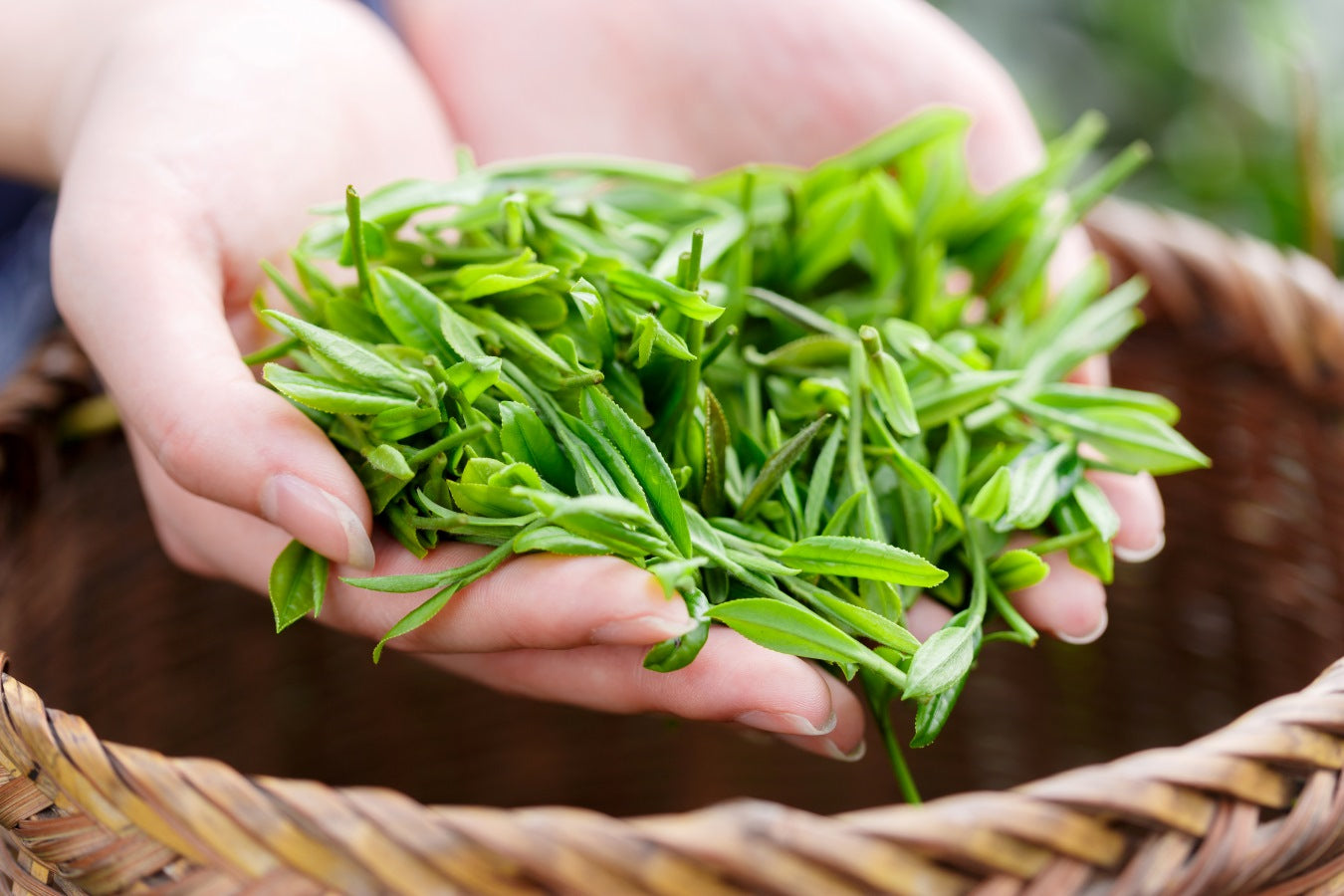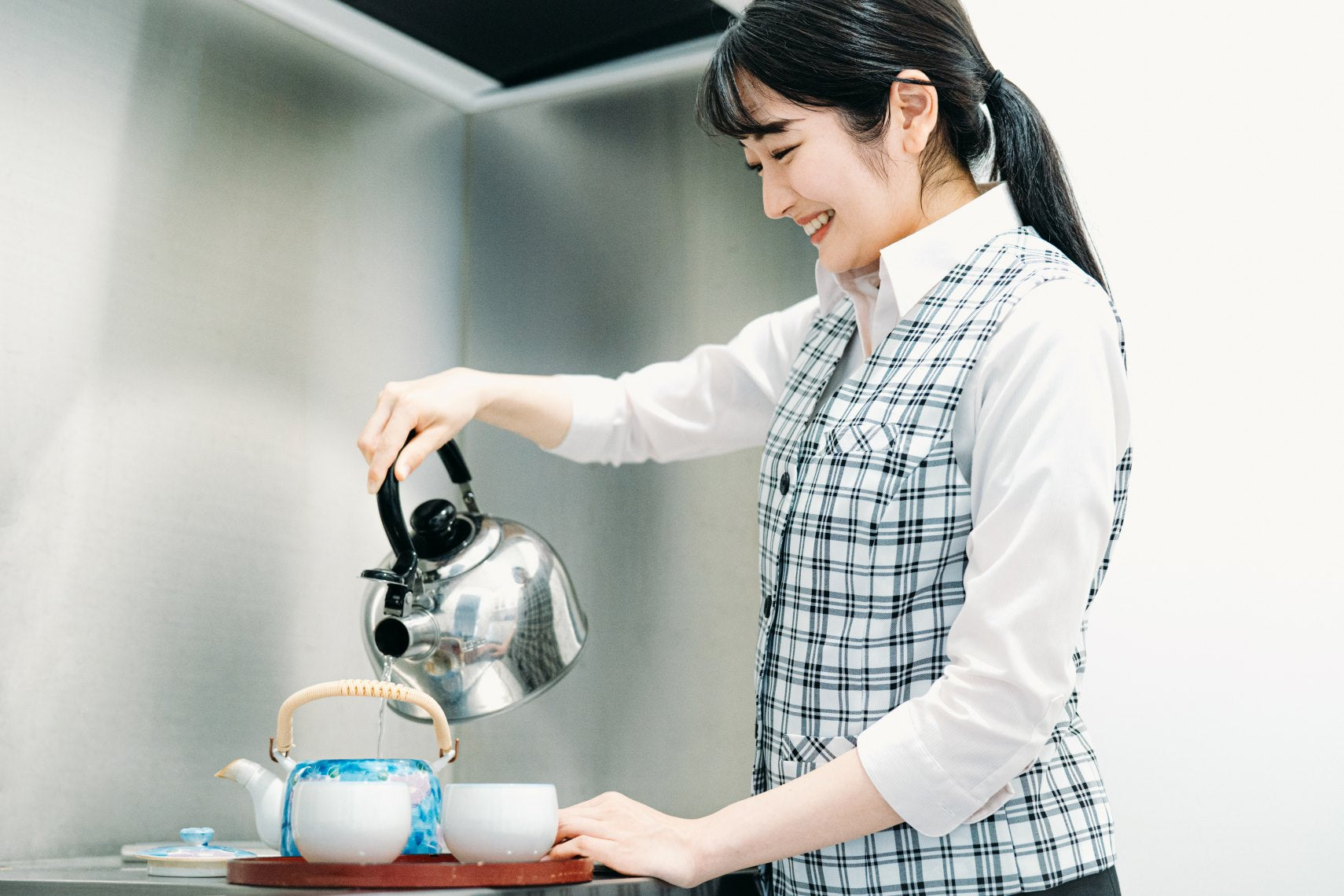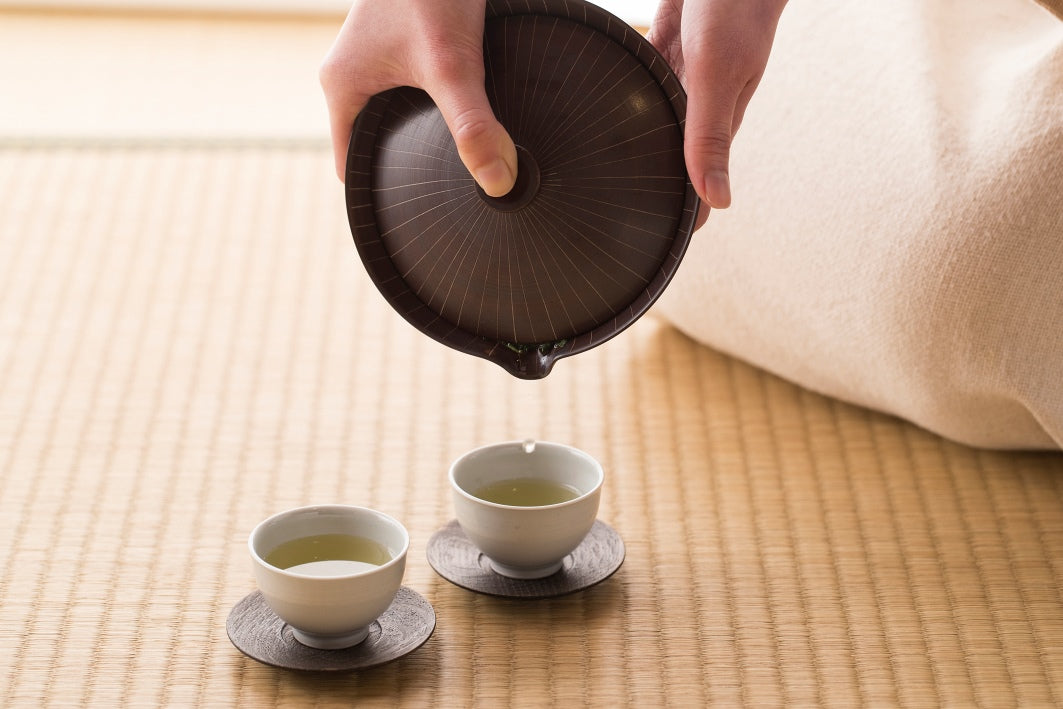
Bring out the maximum flavor! The originator of Gyokuro, Yamamotoyama, explains how to brew Gyokuro
Introduction
Gyokuro is said to be the pinnacle of Japanese tea.
Its appeal lies in its thick sweetness, rich flavor, and rich aroma that brings to mind a seascape of the ocean.
Compared to other Japanese teas, Gyokuro has a slightly unique brewing method and flavor.
You can bring out the best in this tea by slowly steeping it in a small amount of low-temperature water (40-60°C).
The amount of tea per cup is only about 10cc. After brewing, you can roll it around on your tongue and enjoy the unique aroma and smooth, creamy texture as you take in the air.
Gyokuro can be enjoyed up to the third brew, so gradually increase the temperature as you brew it for the second and third time, enjoying the changes in flavor.

Tips for brewing Gyokuro well
Unlike other teas, gyokuro requires delicate brewing.
Point 1: Accurate portions
The most important thing is to measure the amount of tea leaves and hot water accurately.
Compared to other Japanese teas, Gyokuro requires less hot water relative to the tea leaves, so if the amount of tea leaves or hot water is incorrect, not only will the flavor of Gyokuro not be brought out, but all the water may be absorbed by the tea leaves, making it impossible to extract the tea.
Point 2: Temperature control is important
The temperature of the water also needs to be properly regulated.
Gyokuro is made by gradually increasing the temperature of the water, from 40°C for the first brew, 50°C for the second, and 60°C for the third brew, and enjoying the changes in aroma and flavor as you tea it.
To enjoy delicious gyokuro, be sure to prepare a thermometer and pay close attention to the water temperature.
Because gyokuro is much more expensive than sencha, many people tend to use less tea leaves, but it is only by using the appropriate amount that you can bring out the best in gyokuro.
After steeping, the tea leaves can be enjoyed with ponzu sauce or other condiments, so be sure to use the appropriate amount.

How to Brew Gyokuro
[Things to prepare]
- Teapot (about 100cc)
- Tea bowl (small tea bowl is preferable)
- Teaspoon
- timer
- Thermometer
- Measure
- Container for cooling water
[Ingredients and tools (approx. 50cc for 3 people)]
- Tea leaves: 8 grams
- Hot water: 50cc
- Temperature: 40℃ (first brew), 50℃ (second brew), 60℃ (third brew)
- Steeping time: 2-2.5 minutes
*It is easy to make enough for three or more people. If you are making 4-5 cups, the recommended amount is 10g of tea leaves and 70-80cc of hot water.

[Brewing procedure]
1. Measure the amount of tea leaves using a scale
If possible, use a digital scale to measure the amount of tea leaves, but if you don't have one at home, use a teaspoon and eyeball it.
One teaspoon of grated tea is roughly 2 grams of tea leaves, so to brew gyokuro tea for three servings (8 grams of tea leaves), you will need 4 teaspoons of tea leaves.
However, please keep in mind that the grams per cup vary slightly depending on the tea leaves, and that brewing multiple cups will result in a slight error.
2. Pour hot water from the pot into a boiling water cooler and measure out 50 grams.
It may seem a bit troublesome, but instead of pouring the boiling water directly into the teapot, first pour it into a water cooler (a teacup or other object will do) to cool the water and measure the amount of water.
If you don't have a scale at home, you can use a paper cup instead of a measuring cup.
Most standard sized paper cups hold 200ml when full, so you should aim for about 1/4 of the cup.
You can also use a ladle from a kitchen utensil. There is no set rule for the size of the ladle, and it varies by product, but most are about 50ml.
3. Lower the temperature of the water.
First, pour the boiling water in the yuzamashi into the teapot, then pour this into a teacup, and then pour it back into the yuzamashi.
Pot (about 90℃) → cooled water (about 82℃) → teapot (about 75℃) → teacup (about 67℃) → cooled water (60℃) → wait for 1-2 minutes, and by the time you put it back into the teapot, it will reach the optimum temperature for the first brew of 40℃. It would be even better if you have a thermometer so you can measure the temperature with it.
4. Brew the lightly weighed tea leaves into the teapot.
Discard any excess water remaining in the teapot and then brew 8 grams of prepared tea leaves.
5. Pour the water cooled to 40℃ into the teapot and cover it. After repeatedly cooling the water, when it reaches the right temperature, pour it back into the teapot and put the lid on.
6. Let it steep for two minutes using a timer.
With the lid on, let the tea leaves steep for 2-2.5 minutes to fully infuse the rich, umami and sweet flavor of Gyokuro.
*In addition, it is a good idea to put hot water for the second brew in the yuzamashi at this time so that you can enjoy the second brew right away. The temperature of the water for the second brew should be around 50℃, a little higher than the first brew.
7. Pour in a circular motion to ensure uniform strength and volume.
The pouring method is the same as for Sencha. Make sure to pour until the last drop, as this is where the delicious flavor of the tea is concentrated.

How to enjoy the second and third brews
Gyokuro is made by steeping tea leaves in a small teapot and then pouring in a small amount of lukewarm water to infuse the tea.
It is important to prepare ahead of time, such as preparing the water for the second brew while the first brew is in progress, and similarly preparing the water for the third brew while the second brew is in progress.
The reason for making the water temperature a little warmer for the second brew is because some of the ingredients have already been extracted in the first brew.
For the third infusion, use water over 80°C (boiling water is fine too), which will bring out a fragrant and slightly bitter taste, and you can also enjoy the crisp flavor that is another attractive feature of gyokuro.

Finally
How was it?
People who try gyokuro for the first time are surprised and ask, "Is this really tea?"
Its rich flavor, reminiscent of Japanese soup stock, and smooth texture overturn the image of "green tea" that many people have, and it can truly be said to be a gateway to a new world of Japanese tea.
In addition, the seaweed-like aroma produced by cover cultivation, known as "cover aroma," is sure to bring you discoveries and excitement you've never experienced before.
Gyokuro may seem different from the tea we are used to, but its delicate aroma, sweetness, and mellow flavor will be unforgettable once you have tried it. Brewing it takes a little time, but on a special day, why not take your time and savor the taste of Gyokuro?

